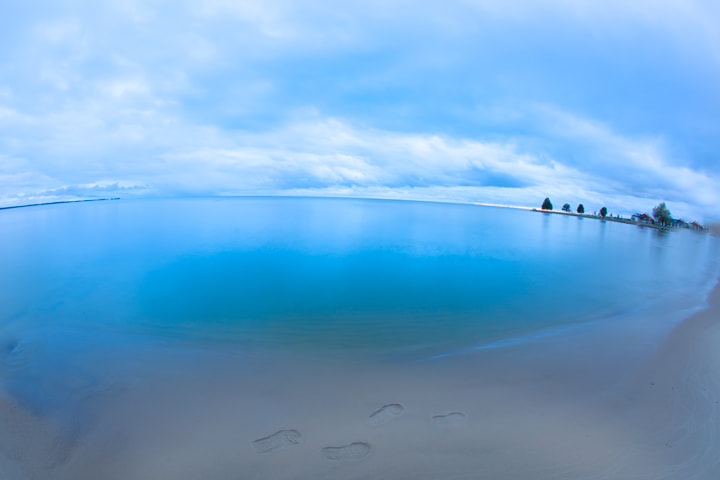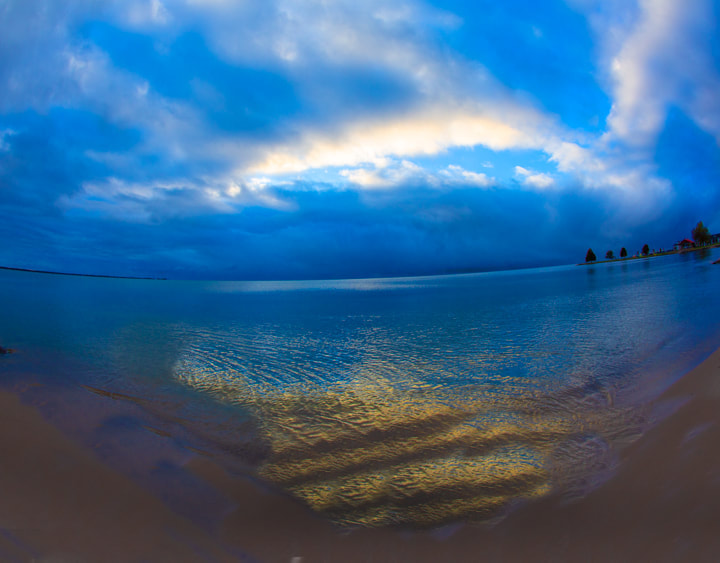A Fine Art Exhibit
Imprints on Cotton, Created by John Holliger
“There is no path that goes all the way.” 没有一条路可以走。(Méiyǒu yītiáo lù kěyǐ zǒu.)
Han Shan, a Zen monk (627-649), uttered this simple thought many times in his short life.
David Whyte, from Wales, now living on Bainbridge Island near Seattle carries us along:
No Path
“There is no path that goes all the way.
Not that it stops us looking for the full continuation.
The one line in the poem we can start and follow straight to the end.
The fixed belief we can hold facing a stranger
that saves us the trouble of a real conversation…
But still, there is no path that goes all the way,
one conversation leads to another,
One breath to the next until there’s no breath at all…
And then wouldn’t your life have to start all over again
for you to know even a little of who you had been?”
Antonio Machado (1875 – 1939) probably never met Han or David,
but here is one of his best-known poems:
Traveler, your footprints
“Caminante, no hay camino, “Traveler, there is no road;
se hace camino al andar. you make your own path as you walk.
Al andar se hace el camino, As you walk, you make your own road,
y al volver la vista atrás and when you look back
se ve la senda que nunca you see the path
se ha de volver a pisar. you will never travel again.
Caminante, no hay camino Traveler, there is no road;
sino estelas en la mar.” only a ship's wake on the sea.”
Most Recently, Parker Palmer, a Philadelphia Quaker (born 1939) looking back many decades noticed how confused and lost he was in his 20’s. In his 30’s one mentor came into his life for a while, then moved on once. Parker had learned what his mentor had to give him.
Another mentor appeared and ask him different questions but so right in that moment. Again this mentor deepened Parker’s sense of who he was becoming. With this new clarity the mentor invited Parker into a new direction, a new path. One after another they arrived and left. And then there were no more. He realized his leading was to become a mentor for other young men who were as lost and confused as he had been.
David Whyte gives us the pivotal question. Where do I start?
“Start with
The ground you know,
The pale ground
Beneath your feet…
Start with the first
Thing
Close in
The step
You don’t want to take.
Don’t take the second step
Or the third,
Start with the first thing
Close in,
The step you don’t want to take”
Our paths, like mentors, can guide us so far, and then disappear.
Santiago by David Whyte
“The road seen,
then not seen,
the hillside hiding
then revealing
the way you should take…”
You will be drawn to one work of art in this exhibit.
What path or memory is evoked as you contemplate this work?


 RSS Feed
RSS Feed